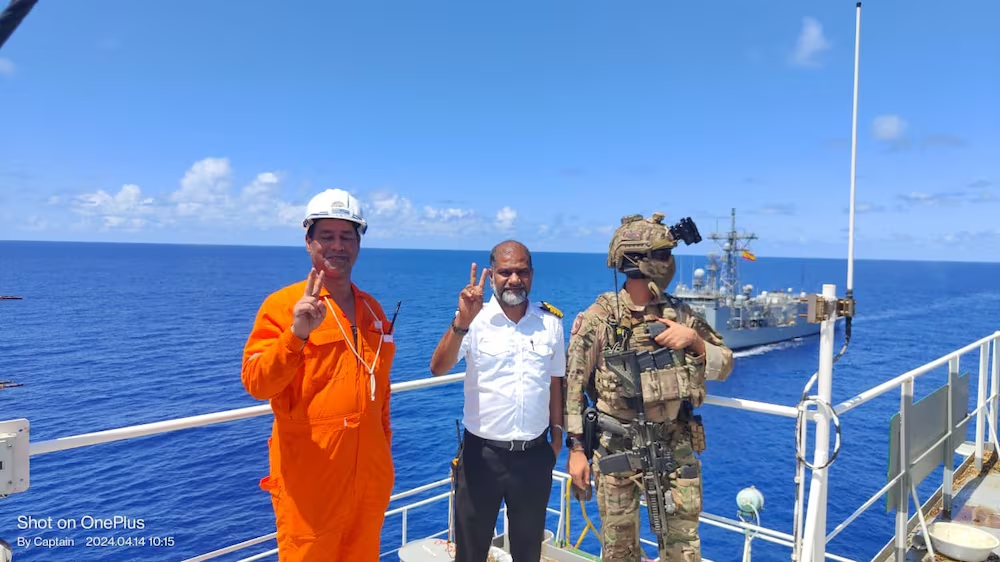MOGADISHU, December 9, 2021—The Somalia Electricity Recovery Project is set to increase access to cleaner, lower cost electricity for 1.1 million households, or approximately 7 million people, of which 3.5 million are women. The project also aims to reestablish a stable electricity supply and support regional integration.
Out of a population of about 15 million, 9 million Somalis lack access to electricity services, and the cost of power is among the highest in the world. In addition, almost nine out of ten Somali households are deprived in at least one dimension of poverty—monetary, energy, education, or water and sanitation (World Bank (2019) Somalia Poverty and Vulnerability Assessment). The combined impacts of the COVID‐19 pandemic, devastating flooding, droughts, and a desert locust infestation further undermine economic recovery and efforts to reduce poverty.
“Access to affordable electricity is critical for reducing poverty, as it helps increase household income, improve the business climate, and create jobs,” said Kristina Svensson, World Bank Country Manager for Somalia. “This project complements and leverages programs by the World Bank Group and those of international partners in Somalia by scaling up investments to improve service delivery.”
Access to electricity is also a pre‐requisite for the provision of adequate health and education services, and for responding effectively to the COVID-19 pandemic and future shocks. The project is set to enhance health and education services by providing electricity access to 205 health facilities and 380 schools.
90% of Somalia’s electricity is supplied through isolated diesel‐based mini-grids operated by private energy service providers (ESPs). The combination of a highly fragmented private electricity sector along with an installed capacity that is inadequate to serve current and future demand, has resulted in an inefficient and expensive supply given the lack of economies of scale. Somalia also has significant potential for using renewable energy for electricity generation, particularly solar and wind energy, as identified by numerous assessments by the World Bank.
“The project’s design builds on the World Bank’s experience of supporting local institutions in fragility, conflict & violence (FCV) affected countries, with the goal of enhancing local knowledge and capacity to improve service delivery and build back better using green and resilient solutions,” said Erik Fernstrom, World Bank Practice Manager for infrastructure in Southern and Eastern Africa.
The Federal Government of Somalia (FGS), as an active member of the Horn of Africa Initiative (HoAI), can also leverage the opportunities offered by regional integration to leapfrog the establishment of backbone transmission infrastructure and have access to diverse and low‐cost electricity supply from regional neighbors.
* The World Bank’s International Development Association (IDA), established in 1960, helps the world’s poorest countries by providing grants and low to zero-interest loans for projects and programs that boost economic growth, reduce poverty, and improve poor people’s lives. IDA is one of the largest sources of assistance for the world’s 74 poorest countries, 39 of which are in Africa. Resources from IDA bring positive change to the 1.3 billion people who live in IDA countries. Since 1960, IDA has provided $458 billion to 114 countries. Annual commitments have averaged about $29 billion over the last three years (FY19-FY21), with about 70 percent going to Africa. Learn more online: IDA.worldbank.org. #IDAworks



























